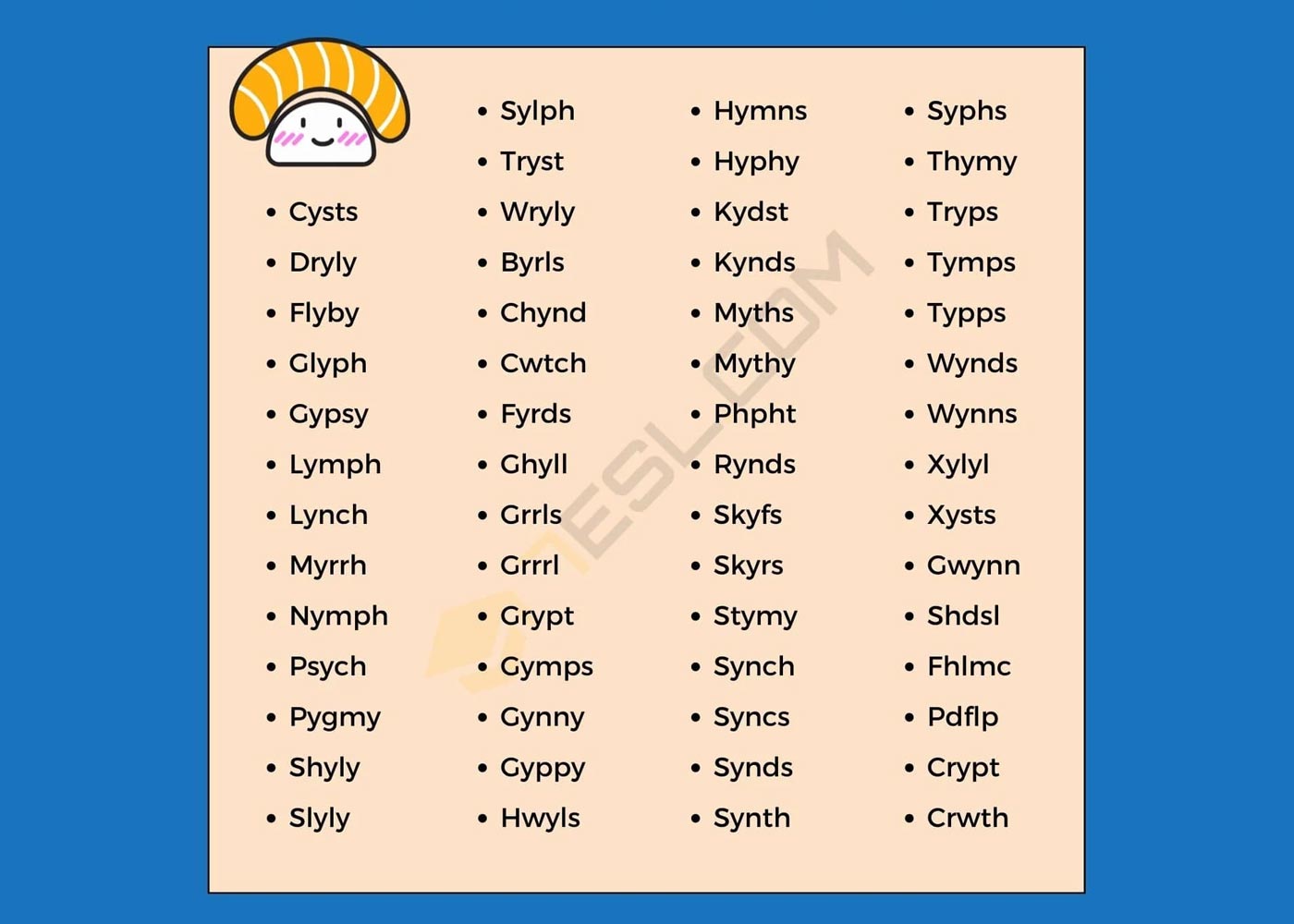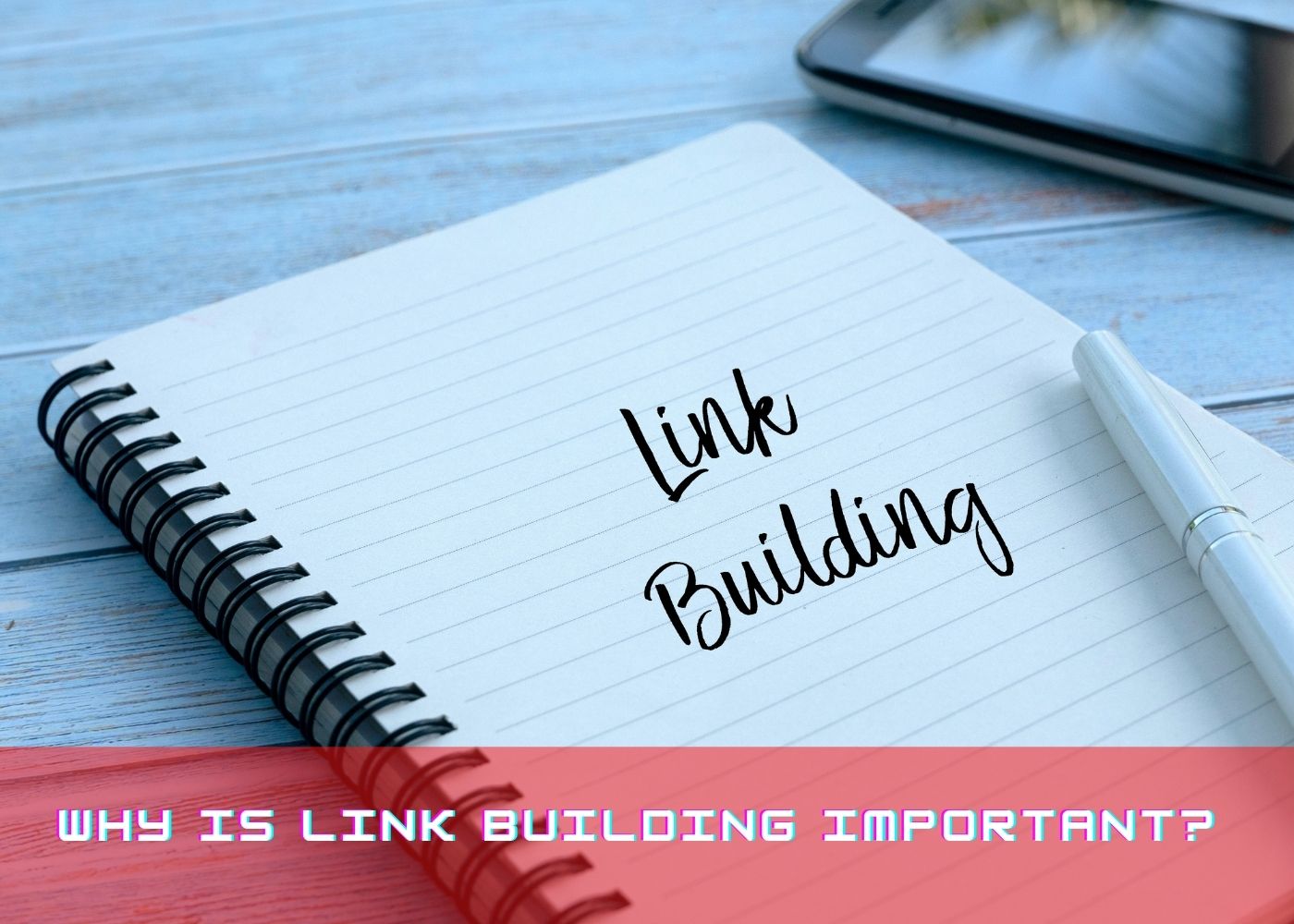
The pursuit of being a better person
as an individual or in a field of interest is endless. It is almost likened to
a journey without a destination because if we had set a destination and we
amount to it, we should rest right? However, just like the popular maxim which
says: “the beautiful ones are yet to be born” we can do a lot better at
development, either for self or professionalism.
If you had picked up new
knowledge or practice, just like myself, you would agree that it comes with a
beautiful feeling.
In this article, I would be sharing
with you some steps to learning Web development. If you had prior knowledge on
this, good, however, if it is new to you just like my Sunshades by Ray-Ban,
this would be a worthwhile learning experience.
Web development is one of the
most promising jobs today. A web developer majors as one responsible for the
development of the websites and website applications. With the aid of
programming languages, they can create functional operations of a website,
implement application features, and integrate control measures accordingly.
Here are 3 simple steps to learn Web development
PICK A SKILL
While noting that web developer
jobs are typically skill-based, which means that if you possess the right
skills, you can do the job. Having said that, it is important to identify
exactly what your skills are.
Web development is centred on 3
categories; however, two focal categories will be addressed for our point, they
are Front-end development and Back-end development.
FRONT-END DEVELOPMENT:
If you intend to pick the
Front-end development, you must get yourself fired up with HTML, CSS, and
JavaScript for efficiency, since Front-end developers make use of visual parts
of a website that users see and interact with through their browser.
HTML and CSS are mark-up languages
that find use in defining the parts of a web page and their format (font,
colours, layout) respectively. While JavaScript is used to create dynamic
content on a webpage like scrolling video, animated graphics, and interactive
maps. If you can get a good grasp of these languages, then you have covered the
first step of learning web development.
BACK-END DEVELOPMENT:
This necessitates a thorough
understanding of applications such as HTML, CSS, JavaScript / NodeJS, Ruby /
Ruby on Rails to carry out tasks on the website such as writing codes to
request and fetch data from databases and display data.
Web frameworks, which are
collections of pre-written code that developers use for repetitive tasks, are
also common skills required for back-end development.
LEARN AND PRACTICE THE SKILL
Now that we are clear on what web
developer skills to pick, the next step is to start learning those skills.
While you can pick up skills like HTML, CSS, and JavaScript from a
brick-and-mortar class, you can also learn them from online classes at your
convenience.
Code academy is a good friend here
and has a pool of free online classes that would speed up your learning
process.
There is a need to join Online
coding communities like GitHub and Stack Overflow, these two platforms afford
interactions with developers and their projects. Where you seek clarity, you
can ask questions and responses would be provided accordingly.
Initiate test projects to help
you get acquainted with your virtual work environment. Make use of online free
tools. There are many essential resources available for free, whether it's Text
editors, Web browser extensions, or Content Management Systems.
COMMENCE WORK
I know you might be feeling
yourself now, and considerations of whether you intend to do paid employment or
freelance or combine both. I will say consider your decision carefully,
however, get to it!
Finally, as a web developer,
there is a need to continually network with co-web developers for new knowledge
and job opportunities where necessary. You can consider Meetup.com it would
come in handy.




















Comments (0)
Write a Comment